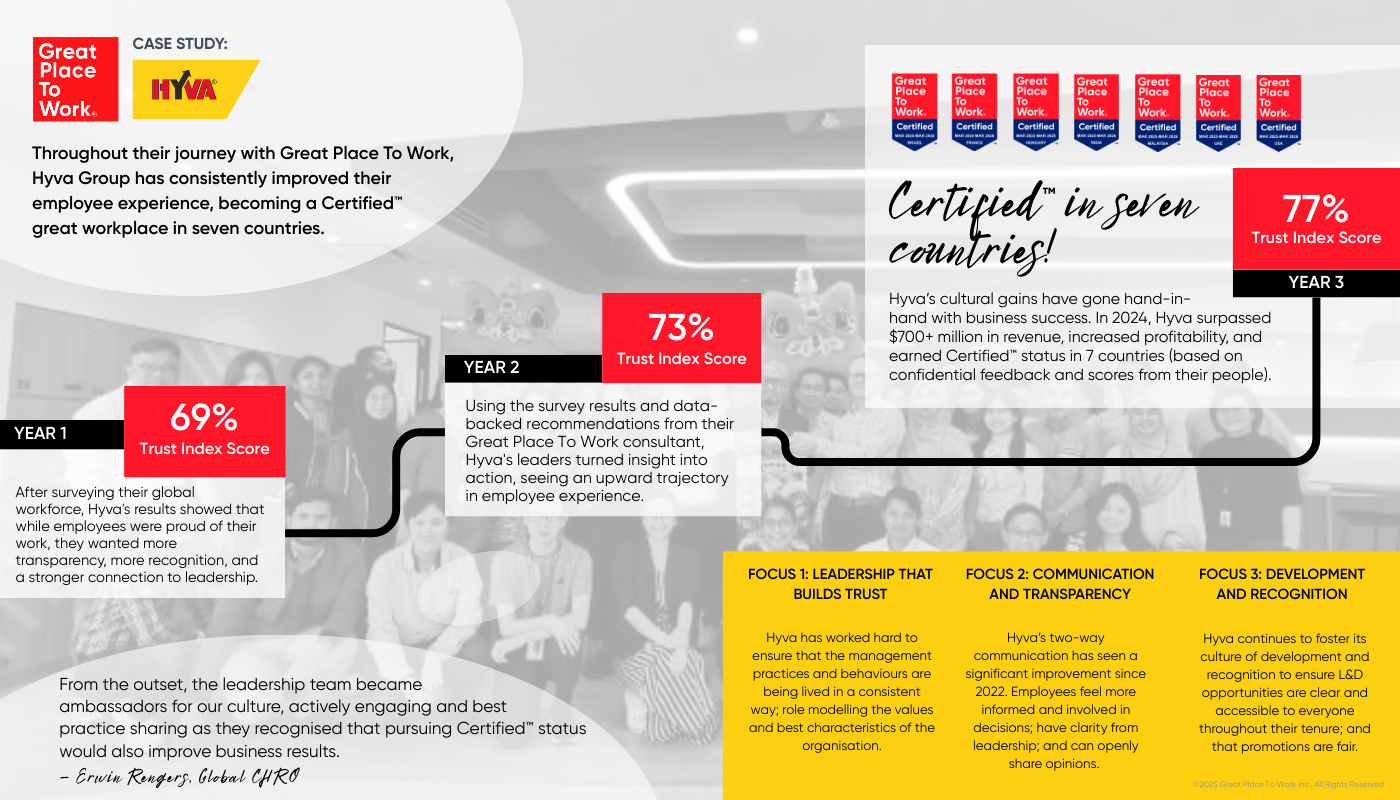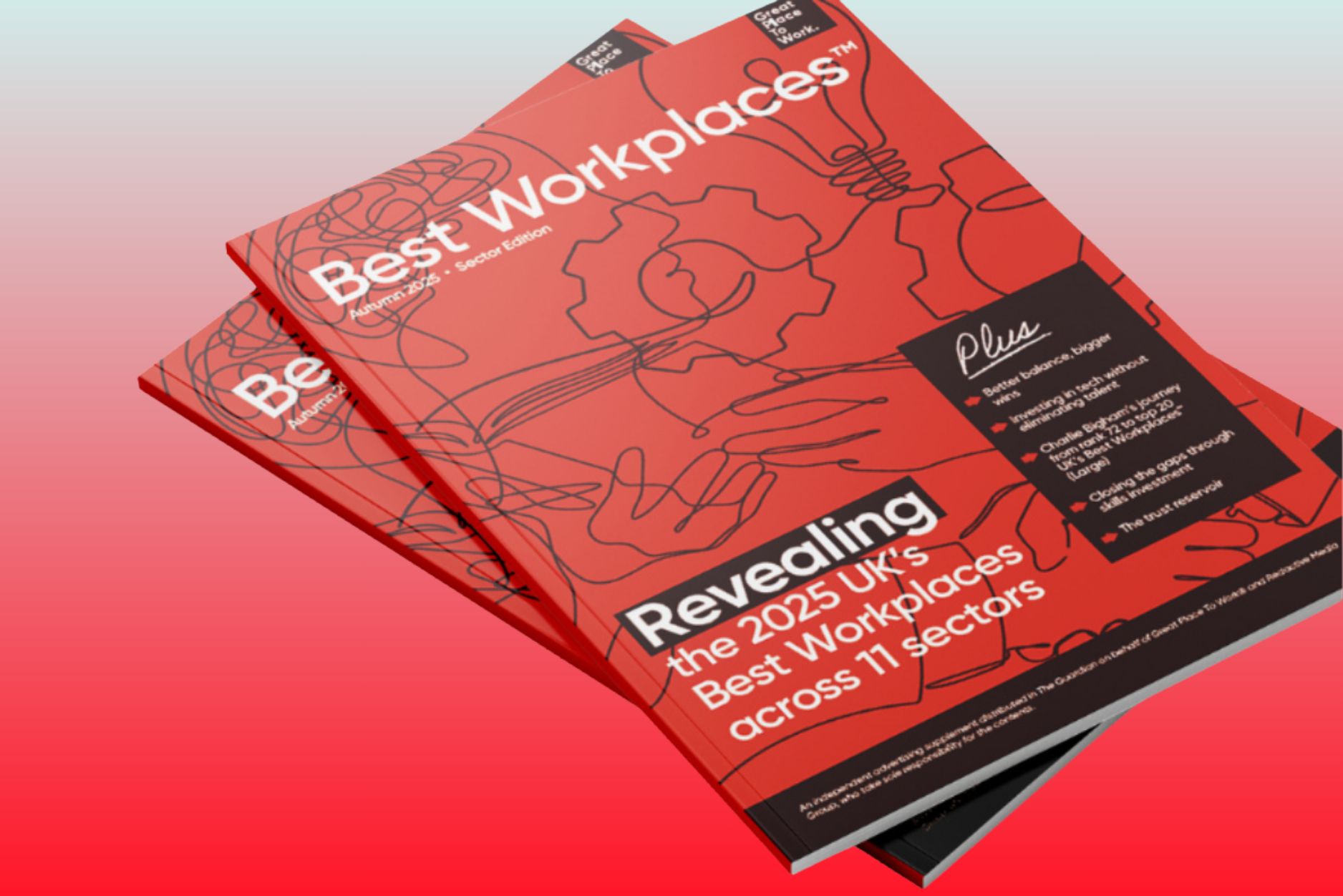What truly constitutes employee wellbeing – and what doesn't?
Often, companies mistake wellness perks for genuine wellbeing strategies, overlooking the crucial factors that truly influence employees' happiness and job satisfaction.
As a Consultant, I have frequent conversations with HR leaders around wellbeing at work. In these discussions, it sometimes strikes me that - despite all the buzz in the past few years - there are still misconceptions around what workplace wellbeing really is, and what factors truly matter for it.
All too often, wellbeing strategy gets reduced to listing all the perks an employer offers around physical, mental and (increasingly) financial health. Health insurance, meditation app subscriptions, subsidised gym memberships, generous leave policies, nutrition advice... you name it.
But where does the workplace, or one’s job for that matter, come into any of these things, nice as they may be?
The difference between employee wellbeing and wellness
Such initiatives relate to health and wellbeing in some capacity of course, but the issue with them being equated with employee wellbeing is two-fold:
Firstly, these sorts of perks and programs are what I would classify as employee wellness, rather than wellbeing, in that they drive good health through self-care practices (whether this is physical, mental or financial). This is all well and good, and usually highly appreciated by employees. But still, they are entirely peripheral when it comes to matters of the workplace or people’s actual jobs.
Employee wellbeing, on the other hand, is a much more intangible concept rooted in centuries of research around happiness, human flourishing and job satisfaction. While many factors influence it inside and outside the workplace, it is ultimately a personal assessment of how well people are doing (at work, in the case of workplace wellbeing specifically). It all boils down to this question: Am I able to thrive in my job, under my employer and with my colleagues?
Many organisations have a tendency to tick the boxes of workplace wellness, often by outsourcing it to specialist providers, then pat themselves on the back thinking they’ve mastered workplace wellbeing. But conflating the two is a critical mistake. Especially when our most recent research into what employees want most from their employers, and particularly from direct line managers, is just to talk to and actively listen to them.
Secondly, surface-level initiatives like these tend to, by and large, target the smoke rather than the fire of any workplace wellbeing issues. The root cause is the thing to target, rather than the symptoms of that problem. For example, if people are complaining of poor work-life balance and are increasingly off sick with stress (i.e. the symptom), it might be time for a comprehensive audit of job design, resourcing and processes (i.e. the root cause).
What do employees tell us makes a truly wellbeing-centric organisation?
This is what employees said when asked 'what is the best way for your organisation to support your personal wellbeing?' - and the 4 lessons we can take from their insights.
1. Don't offer fancy wellbeing programs or perks without getting the basics right first
“Mental health wise, we offer lots of support but we don't always address on project teams with project management the stress junior members of the team can be under and how close they come to burn out. You might have access to a psychologist and useful apps and resources but if the cause is a lot of pressure without the feeling of comfort and proximity to team due to client pressure the root cause is not addressed.”
2. Ensure that everyone across the workforce can access and benefit from offerings.
“The theory promoted by the company is great but in practice, it almost doesn't apply to anyone working in a target driven environment. When people are working their paid holidays, working their weekends, working through lunch on top of a full working week just to hit a base target, individuals simply cannot afford to take regular breaks or enjoy their well deserved time off for fear of missing minimum basic target…"
3. Don't ‘outsource’ wellbeing, but rather integrate into culture and everyday ways of working.
“Less snazzy solutions - more little interactions - just asking how you are etc.”
4. Acknowledge that while you have a duty of care, and should be proactively creating cultures of wellbeing, the primary responsibility for personal wellbeing lies with individuals themselves.
“I think there are enough tools/support available within the business, however, I personally don't always open up about my own personal wellbeing, so it is within my power to seek the support available if I need it.”
Ultimately, it's about understanding the difference between wellness and wellbeing, and moving away from transactional tick-box approaches towards healthier workplace cultures.
Get data-driven insights and solutions to boost your workplace health and wellbeing.
-1.png)











